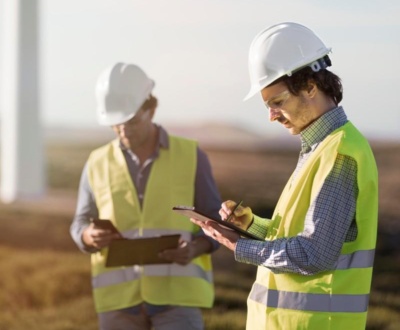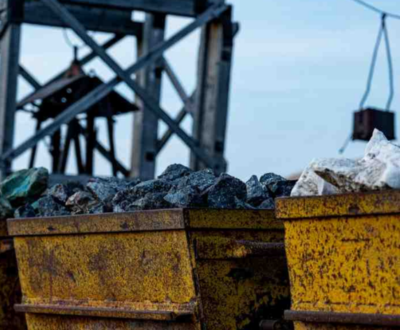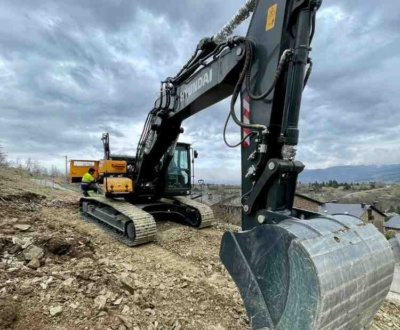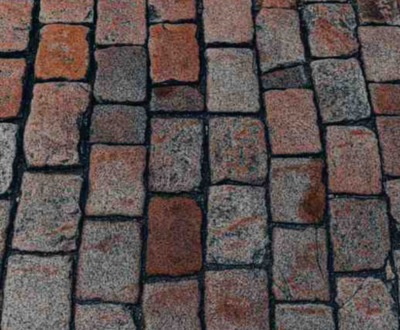Over the past century, bridge construction has transformed dramatically, driven by innovations in materials, engineering practices, and technology. What was once a straightforward task of connecting two points has evolved into a highly sophisticated process that requires a deep understanding of structural integrity, environmental impact, and cutting-edge design. At Baba Contractors and Engineers, we understand the importance of this evolution, as it shapes the quality and longevity of the infrastructure we build today. This article explores how bridge construction has progressed, from traditional techniques to modern-day breakthroughs.
Early 20th Century: Traditional Materials and Simple Designs
In the early 1900s, bridge construction was heavily reliant on traditional materials like wood, stone, and iron. Steel began to emerge as a preferred material due to its strength and durability, allowing engineers to build longer and more resilient bridges. The Brooklyn Bridge, completed in 1883, set the stage for steel and wire rope technology, demonstrating the potential for more advanced, larger-scale bridge designs. Common bridge types during this time included arch, beam, and truss bridges, all of which focused on basic principles of strength and stability.
The early 20th century also saw the rise of steel bridges, which became the backbone of urban and highway infrastructure. Steel’s ability to bear heavy loads and resist wear and tear made it an ideal choice for the growing demand for more expansive roadways and transportation networks.
2. Mid-20th Century: Concrete Becomes a Game-Changer
By the mid-20th century, concrete began to gain prominence, particularly with the introduction of reinforced and pre-stressed concrete. The combination of steel reinforcement with concrete allowed for stronger, more versatile structures, enabling the construction of longer spans without the need for excessive support columns. Pre-stressed concrete, in particular, made it possible to construct bridges with fewer supports, reducing material costs and improving both functionality and aesthetic appeal.
This period also witnessed the development of modern suspension and arch bridges, with iconic structures like the Golden Gate Bridge (1937) and Sydney Harbour Bridge (1932) becoming symbols of engineering excellence. These bridges utilized advanced design techniques and materials, setting new standards in both functionality and design.
3. Late 20th Century: Advanced Materials and Computerized Design
As technology continued to evolve in the latter half of the 20th century, so did bridge construction. The introduction of high-strength steels, corrosion-resistant alloys, and advanced composites allowed engineers to design bridges that were not only stronger but also more durable and longer-lasting. This was particularly important for bridges in harsh environments, such as coastal areas or industrial zones, where exposure to corrosive elements could significantly shorten a bridge’s lifespan.
The most significant leap during this period was the adoption of computer-aided design (CAD) software. CAD revolutionized the design process, allowing engineers to simulate the performance of bridges under various conditions before construction began. This innovation minimized risks, optimized resources, and ensured that designs were structurally sound. The result was the construction of more intricate, larger, and safer bridges, such as the Millau Viaduct in France, which at the time of its completion in 2004, became the highest road bridge in the world.
4. 21st Century: Smart Technology, Sustainability, and Modular Construction
In the 21st century, bridge construction has become increasingly focused on sustainability, smart technology, and innovation. “Smart bridges,” which are equipped with sensors to monitor their structural health, have emerged as an essential advancement. These sensors track stress, temperature fluctuations, and other factors that affect the bridge over time, providing real-time data to engineers and allowing for proactive maintenance and repairs. This innovation not only extends the lifespan of bridges but also improves safety by identifying potential issues before they become serious problems.
Sustainability has also become a central focus in modern bridge design. Engineers are increasingly using recycled materials such as steel, concrete, and rubber to reduce the environmental impact of construction. Additionally, eco-friendly bridge designs now incorporate features like noise reduction systems, energy-efficient lighting, and designs that minimize disruption to local ecosystems.
Modular construction has also made its mark. Prefabricated bridge components are now often manufactured off-site and assembled on location, reducing construction time and minimizing the environmental footprint. This method is particularly advantageous in urban areas, where reducing traffic disruptions is a priority.
5. The Future of Bridge Construction
Looking ahead, bridge construction will likely continue to evolve with the rapid advancements in artificial intelligence, 3D printing, and renewable energy. Artificial intelligence could play a pivotal role in optimizing bridge designs in real-time, considering variables like material costs, traffic patterns, and environmental conditions. 3D printing may enable the creation of complex bridge components or entire structures in ways that were previously unimaginable.
The integration of renewable energy sources, such as solar panels or wind turbines, into bridge designs could also become more common, helping to power lighting or other bridge systems sustainably.








